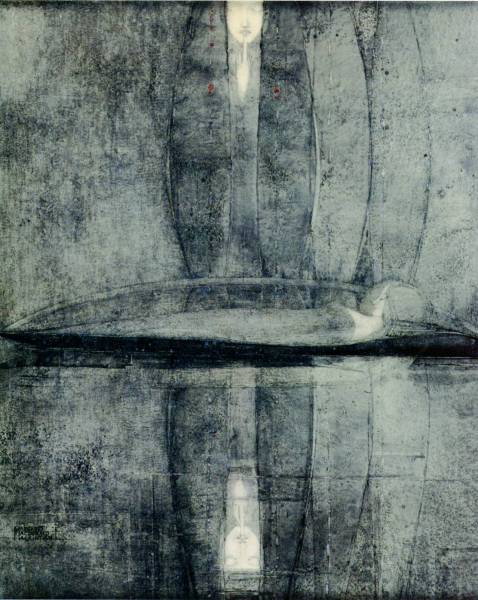
We’ve all been there: you’ve got a long list of projects on deadline yet you’re brain is not responding, all there is in your head is white noise. I’ve trained myself to not panic at that moment but turn instead to my bookshelves and without rhyme or reason just pull down a book or two or three and look for a little help from my ‘friends’, the artists that inspire me.
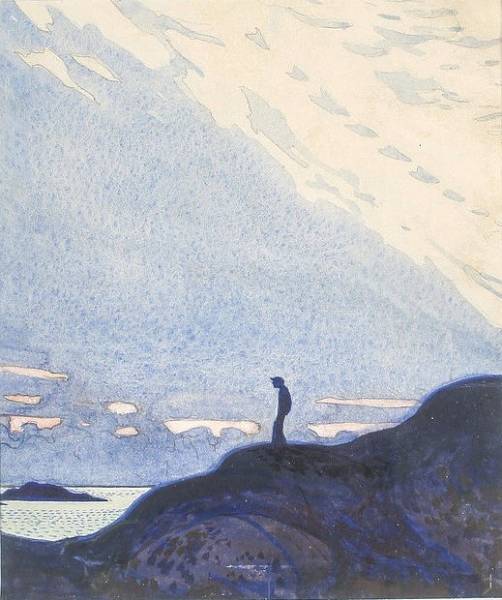
I try to make this process as random as possible, looking to be surprised by the work of old favorites not seen in perhaps years.
The work can be in pen & ink, watercolor, oil or sculpture, I don’t care, I’m just looking for that elusive something that will kick start my stagnant brain.
For myself, that inspiration is most commonly found in the work of older artists of a different age. There were so many brilliant hands and minds working in the late 1800s through the 1930s. Sometimes I have to wonder if any of those artists were aware of the other’s work, their art being so less easily accessible back in that time. No handy click of the mouse internet service for them.
Being a long-time fan of Rackham’s work it is always pleasant to come across an image not seen before as in this instance.
I think that there must have been fewer distractions to pull them away from their drawing tables and that we might learn a lesson from that.
For me, there is still so much to learn from these older artists – about composition or technique – that I never tire of looking at their art.
Is this a watercolor? Or an Oil? I don’t know. But what I do know is that it is a lovely painting.
And sometimes you discover the work of a brilliant image maker that is known for a particular type of art (in this case erotic art) but has chosen a different more sublime path for one particular project.
In the best of all possible world you’ll sometimes discover an artist that is illustrating a very well known book (Here, The Wizard of Oz) in a very different manner, one that sets the brain to turning and gets your ideas to percolate.
Or produces work in such a different stylistic manner that the old tale that they are illustrating becomes new again much like a well loved song when it is reworked to a different melody forcing you to pay attention and actually listen to its lyrics again.
There are a multitude of artistic voices clambering for your your attention, so look for the ones that speak to your heart and then listen to what they have to say. Hold them close and in the depths of a particularly ferocious deadline they’ll be there, right behind you, whispering over your shoulder, encouraging you to do your best work.


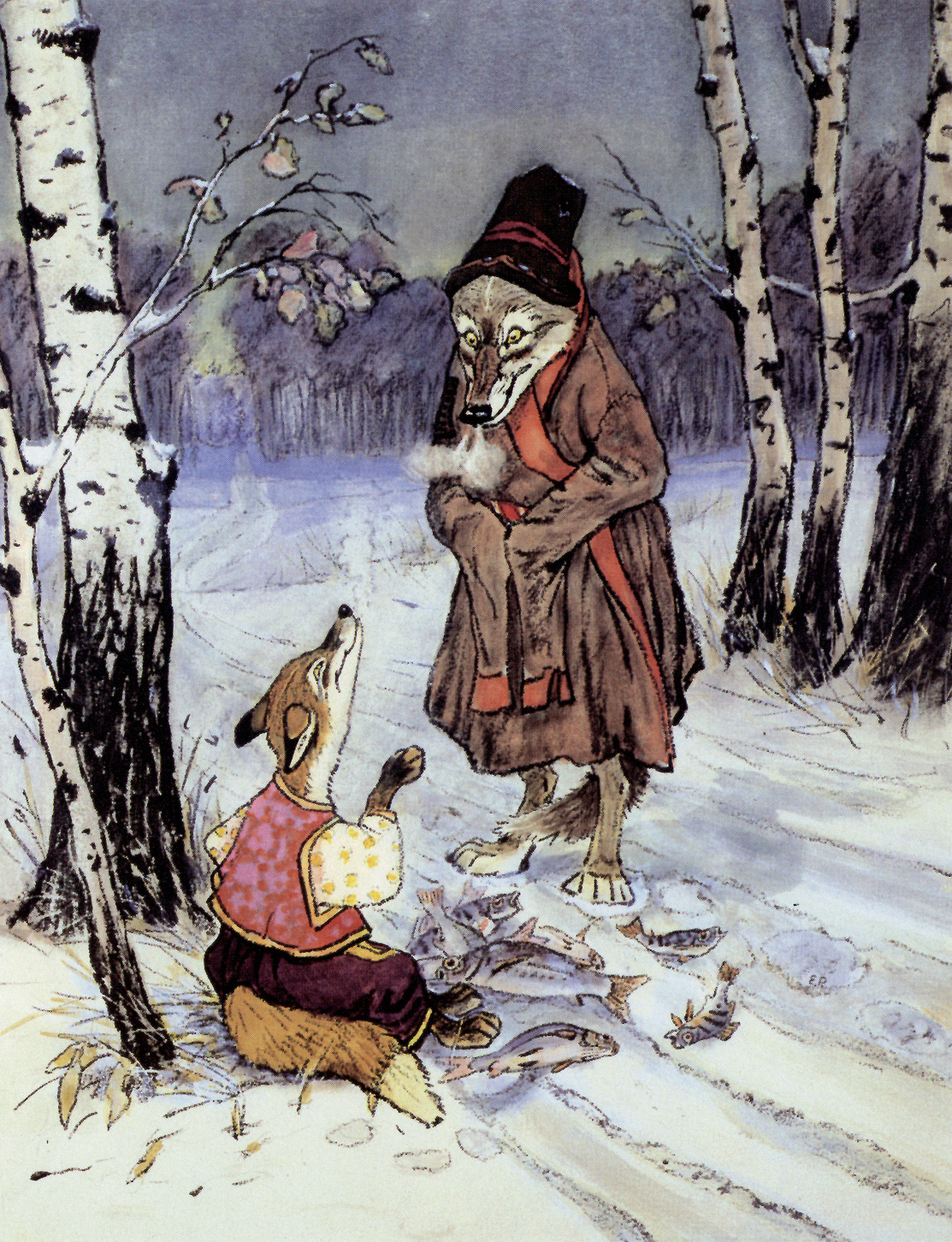
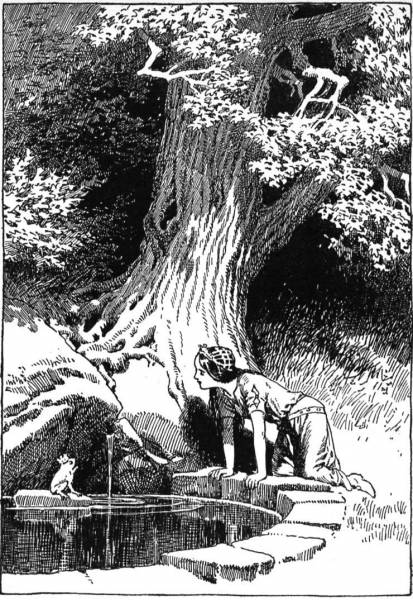
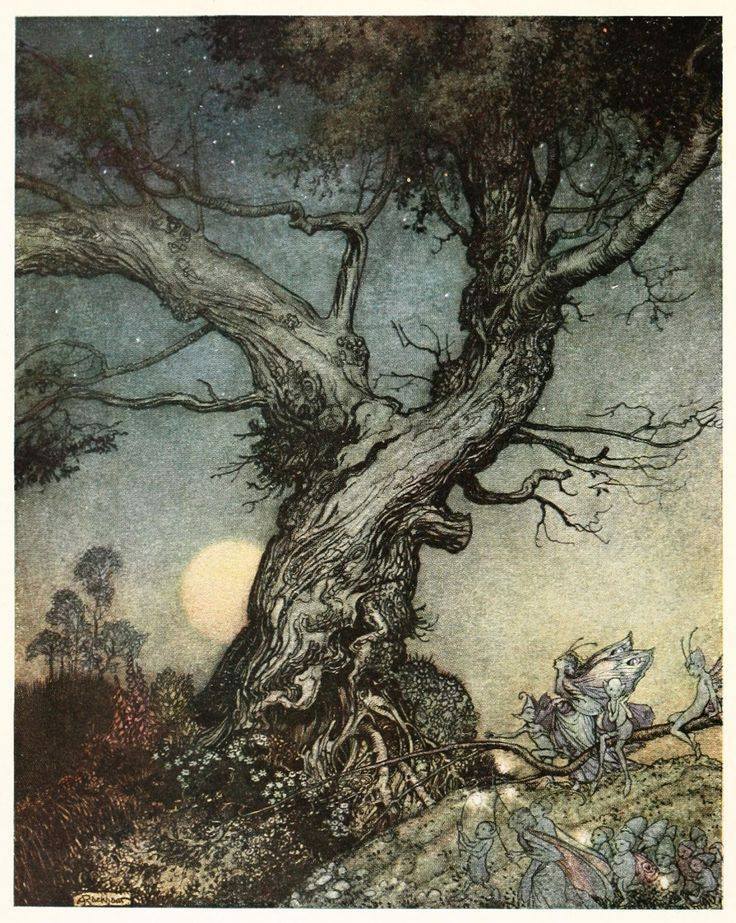
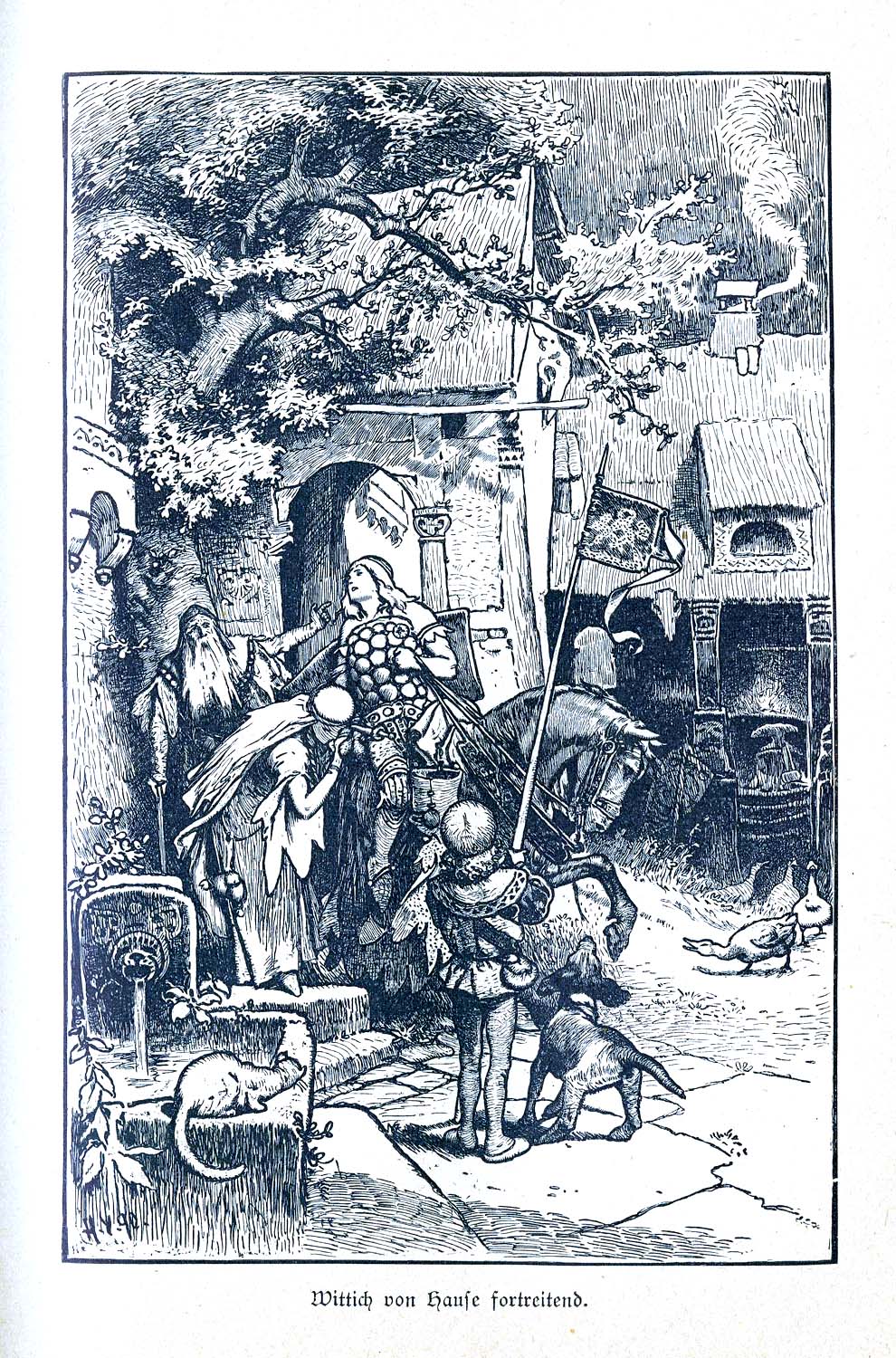
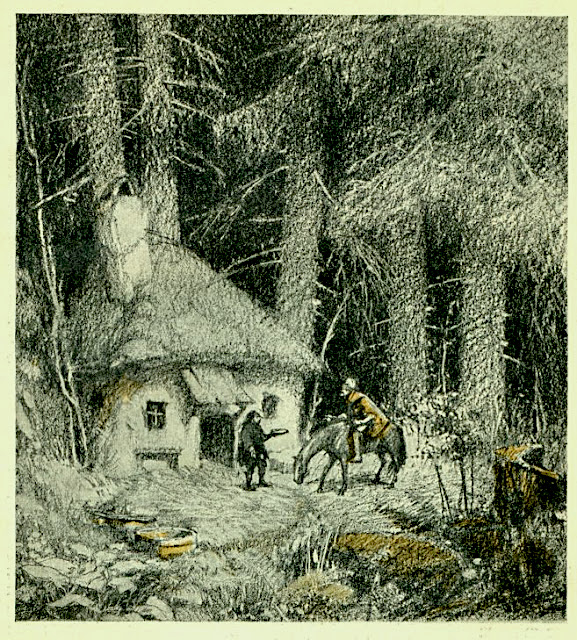
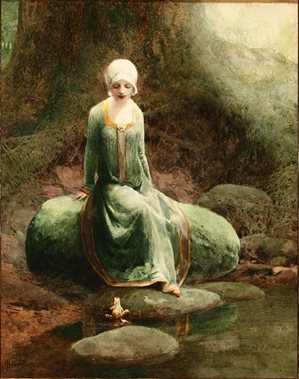
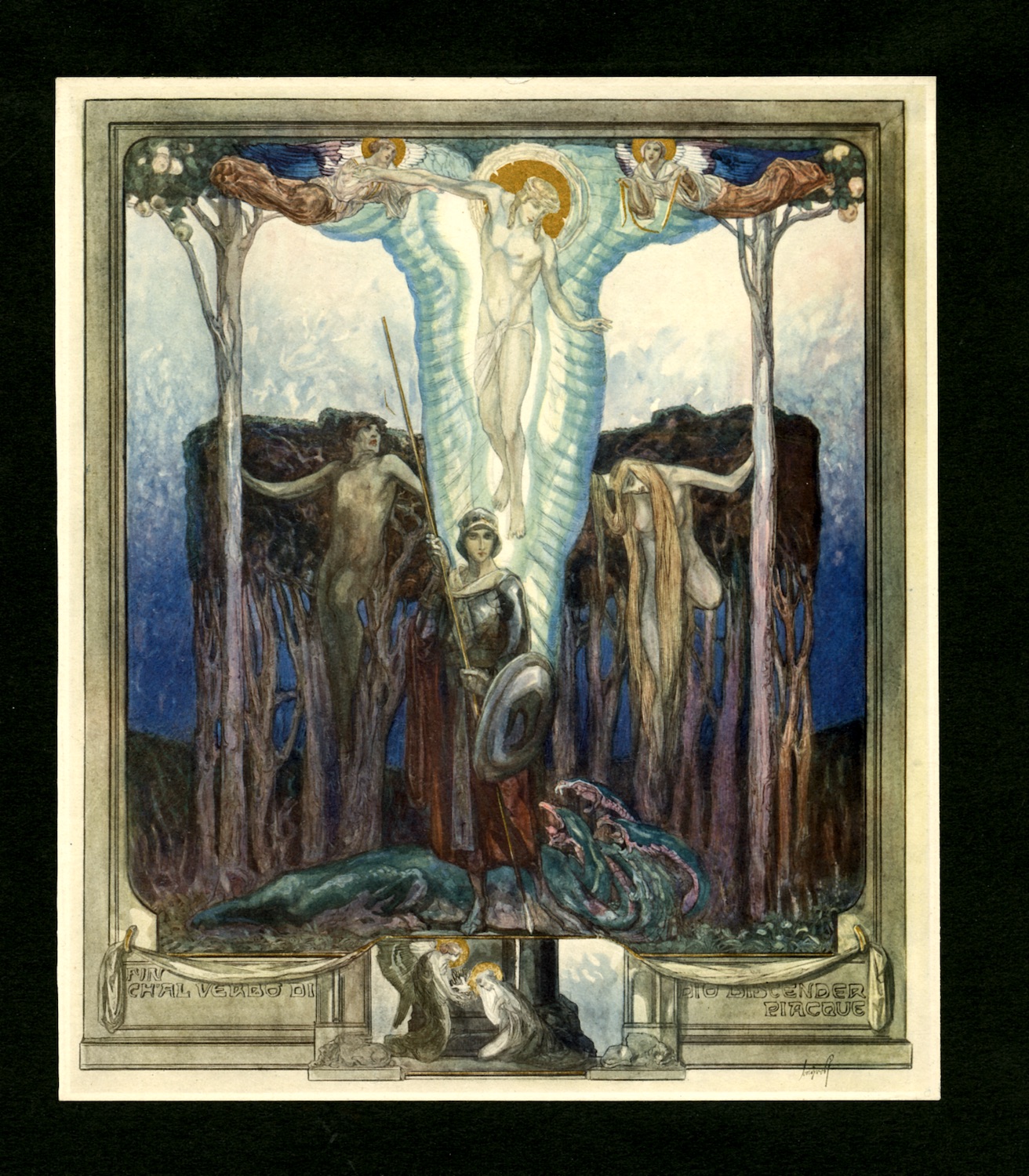
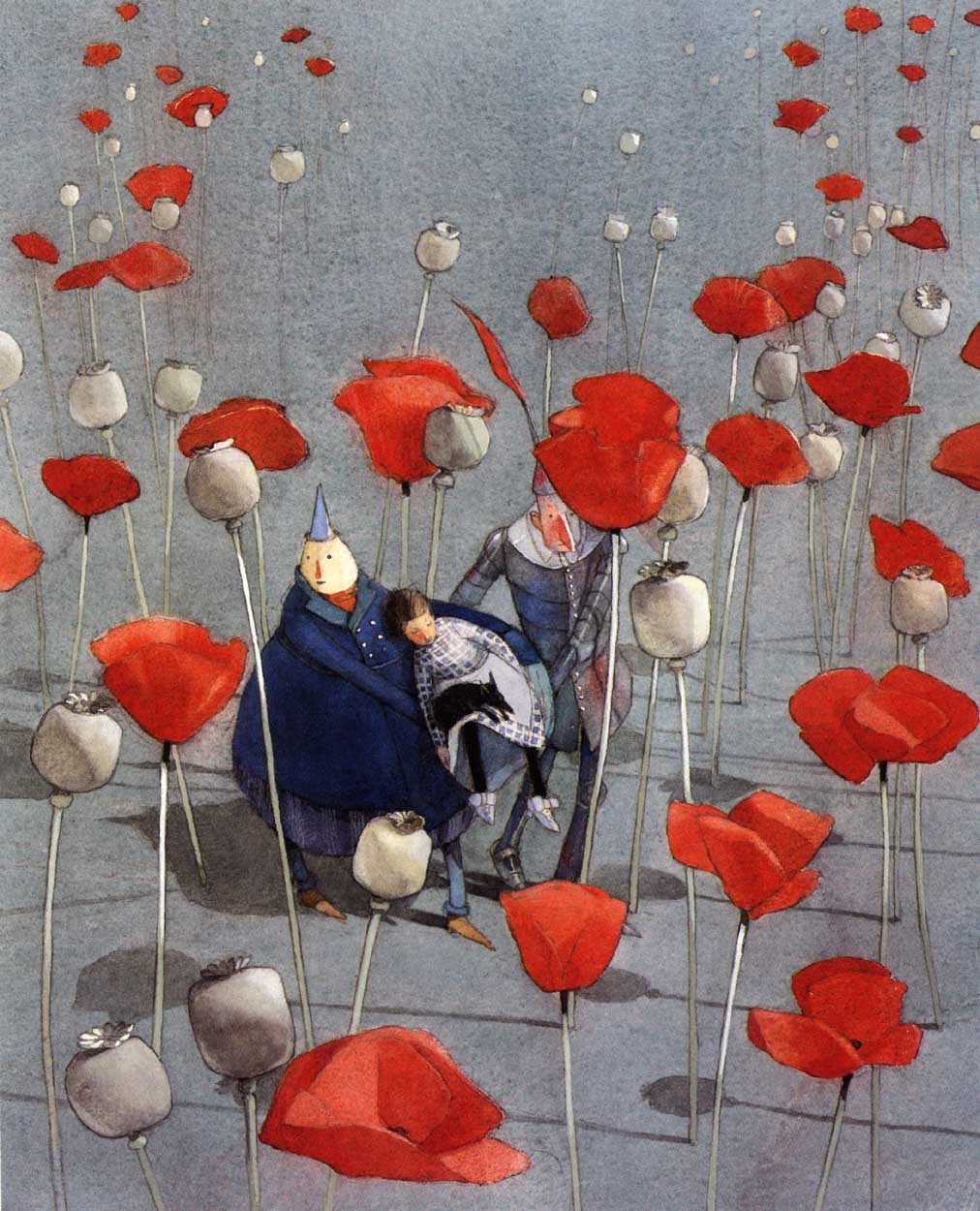
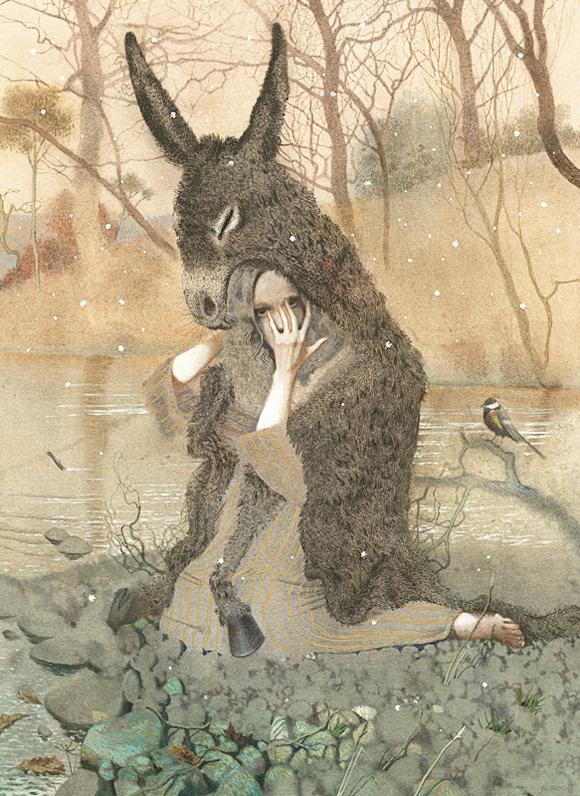
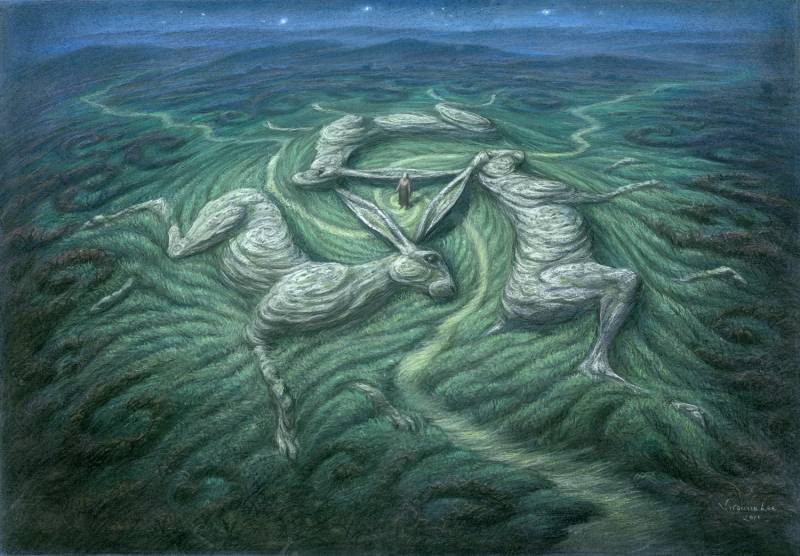
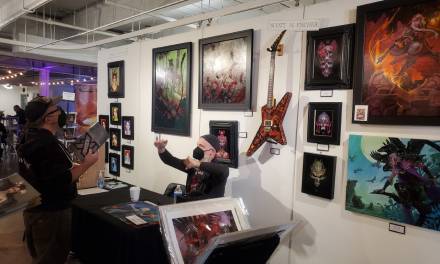

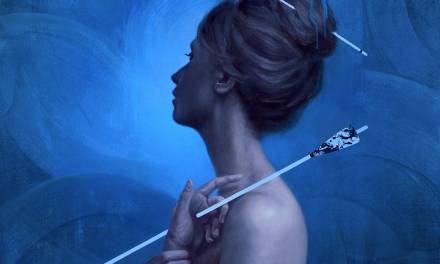
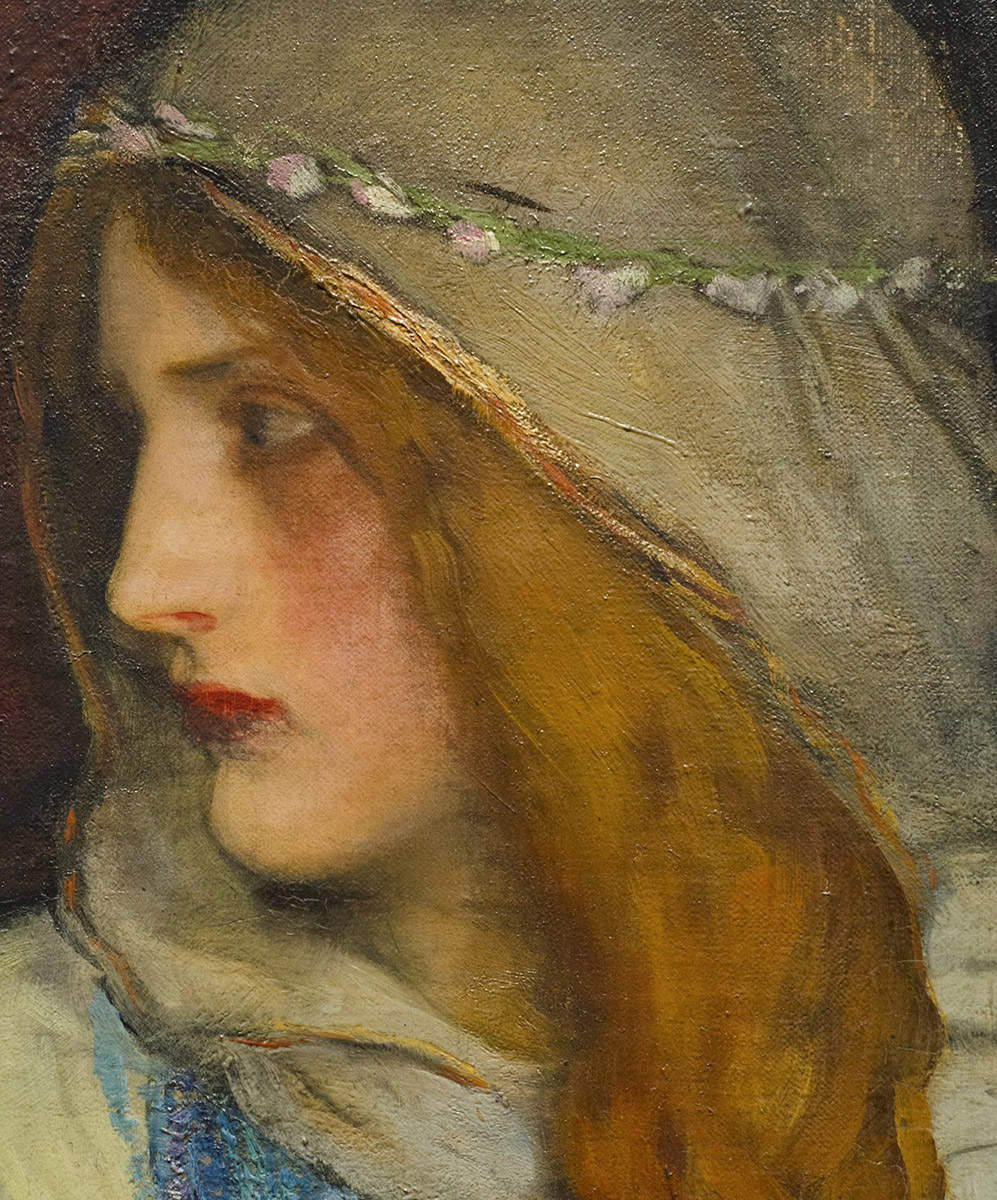
Great post Charles! Seeking inspiration and learning something new really can help pull you out of a state of stagnation. Thank you!
Oddly enough just last week, in the middle of moving my stuff in, I decided to look through my comics I had from my teens. Out I pulled and thoroughly enjoyed the Book of Ballads and sagas #1 and noticed your name on it. Never did I think 20+ years ago, that this odd book, with no super hero’s, that I found at the bottom corner of some rack in my comic book store would be the one I like the best… and be really influential to me.
P.S. I kept reading your posts on here and thinking… “how do I know that name?” It wasn’t until I decided to check that comic out that I noticed the same name… haha
Great post!:)
Just a little something, it’s Nadezhda Illarionova and not Natalia
There are certainly more than one mis-spelling in the post but I can’t go in and change anything here. But, thanks, I’ll make that change in my notes.
This is why “Drawing Down the Moon” is in my personal library of inspiration!
There are a lot of talanted people/
Heorhiy Narbut, Ochrim Sudomora, Kateryna Shtanko, Vladyslav Yerko, Victor Harkusha, Rostyslav Popskyi